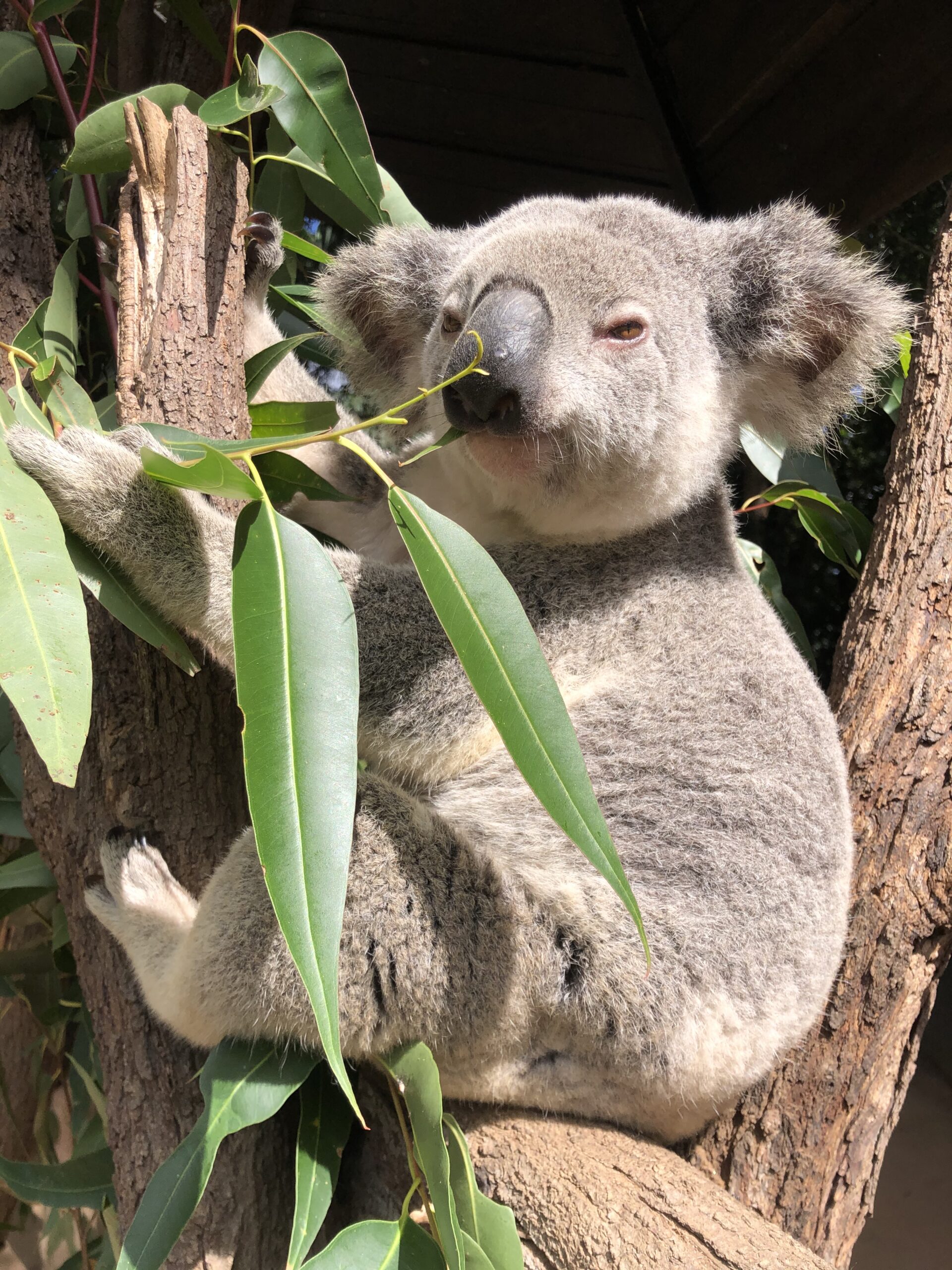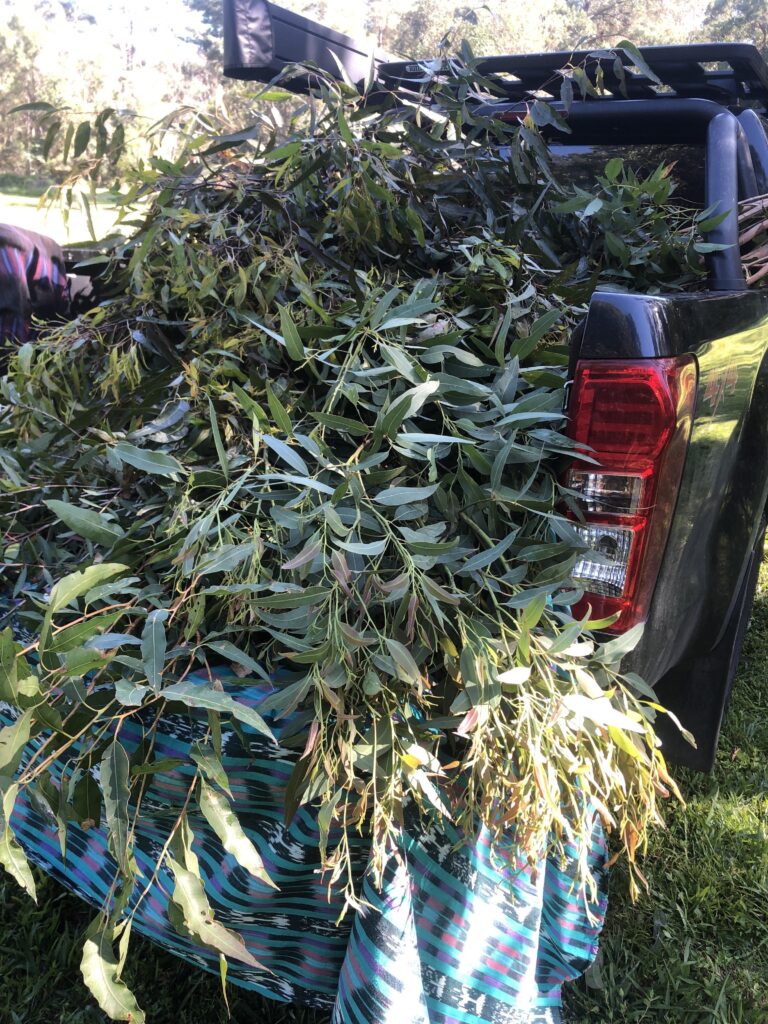Did you know that MIC grows koala fodder for orphaned and baby koalas?
In 2018 a group of Senior Primary Students partnered with Queensland Koala Crusaders to create a ‘Fodder Forest’ by planting specific varieties of eucalypt trees that would be appropriate for baby koalas to eat.
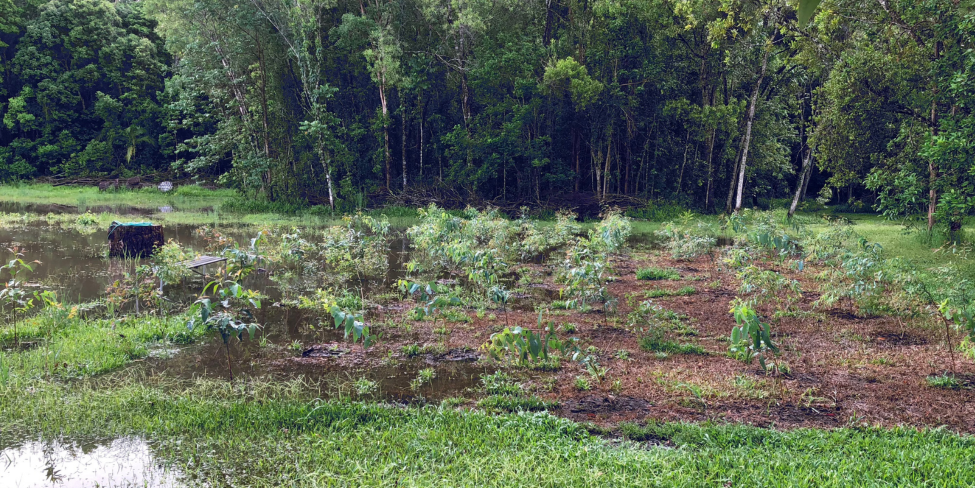
The students worked with a local arborist to determine the right approaches and to select the best location for the new forest. Once chosen, they planted more than 130 tube-stock seedlings.
Specific varieties planted were:
- Melaleuca quinquennervia (Broad Leaved Paperbark)
- Eucalyptus grandis (Flooded Gum)
- E. microcorys (Tallowwood)
- E. siderophloia (Northern Grey Ironbark)
- E. pilularis (Blackbutt)
- E. propinqua (Grey Gum)
- E. robusta (Swamp Mahogany)
- E. tereticornis (Blue Gum)
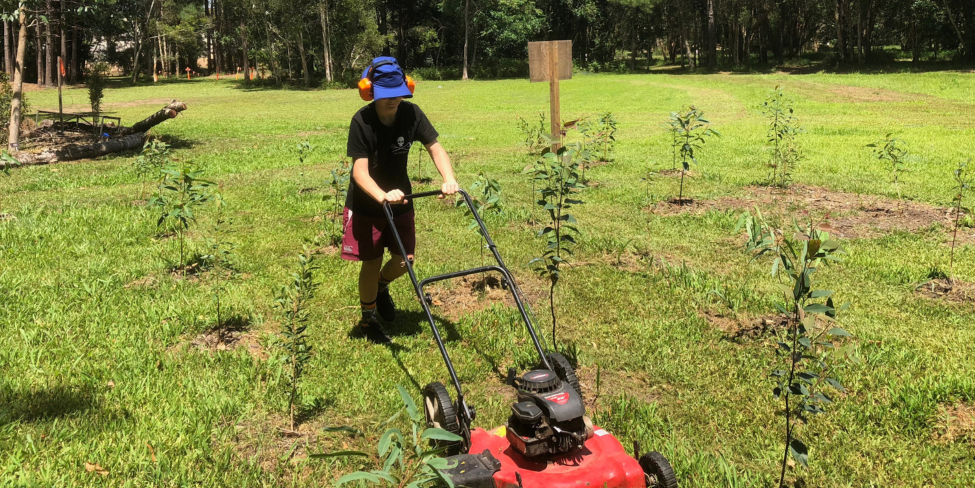
Eucalyptus trees are essential for the survival of koalas, serving as their primary food source. In zoos and sanctuaries, where koalas are often rehabilitated and cared for, the availability of fresh eucalyptus leaves is crucial. Fodder from these trees provides the specific nutrients koalas need to thrive, including moisture content that helps keep them hydrated.
Often zoos and sanctuaries cannot grow enough of their own fodder to keep up with the demands of the creatures they care for. That’s where koala Fodder Forests like ours can provide a vital alternate source that is organically and sustainably grown.
By helping these facilities maintain a steady supply of this crucial resource, zoos and sanctuaries can focus on breeding programs and rehabilitation efforts without the constant worry of food scarcity. This practice ultimately contributes to the health and well-being of koalas, helping to safeguard their future.
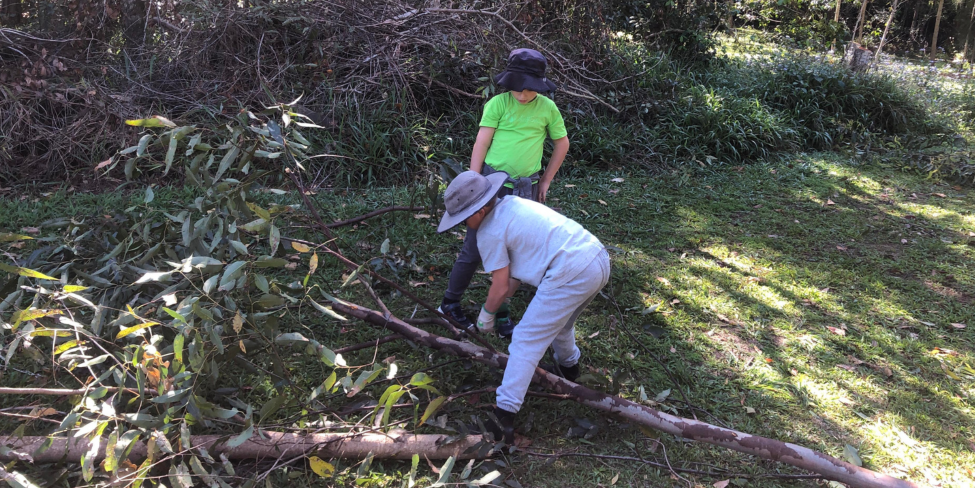
Six years on, MIC currently supplies foliage tips to Queensland Koala Crusaders, Koala Carers, RSPCA, Australia Zoo and QLD Zoo to feed the baby koalas.
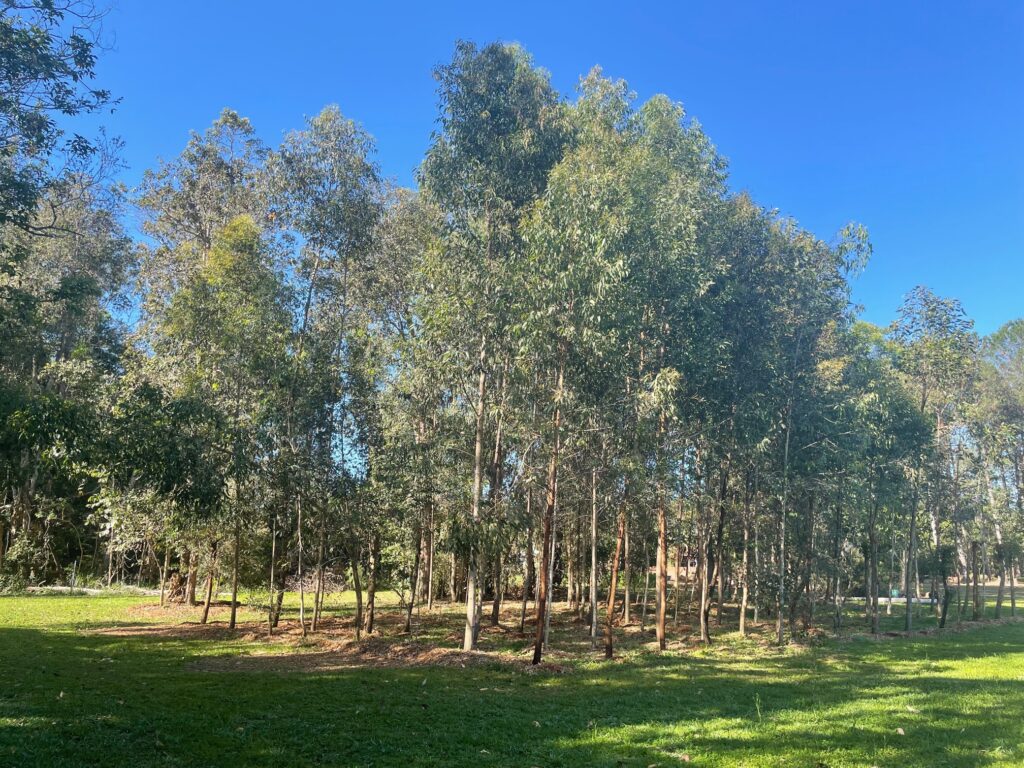
This program is a wonderful educational demonstration for students in the power of working together as a community, learning about the natural world, how we can care for it, and what’s needed to care for the creatures within it.
